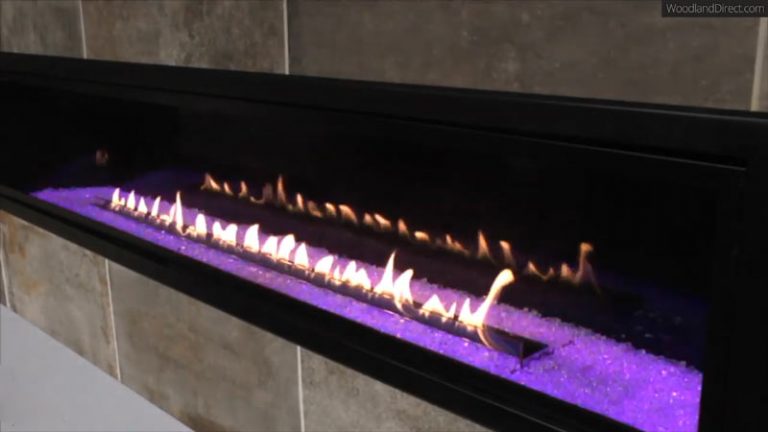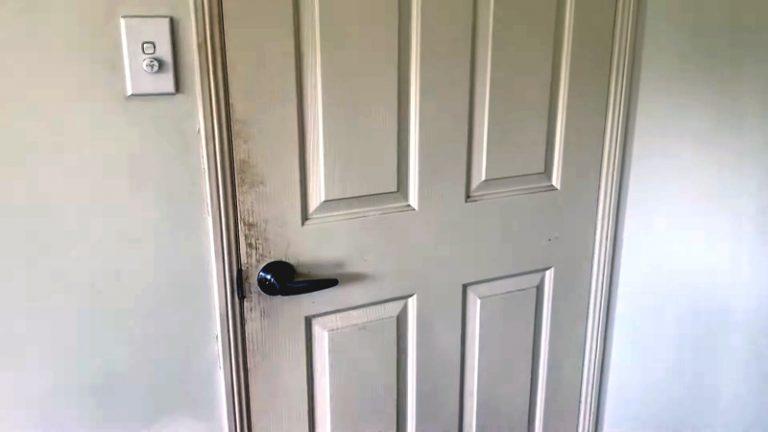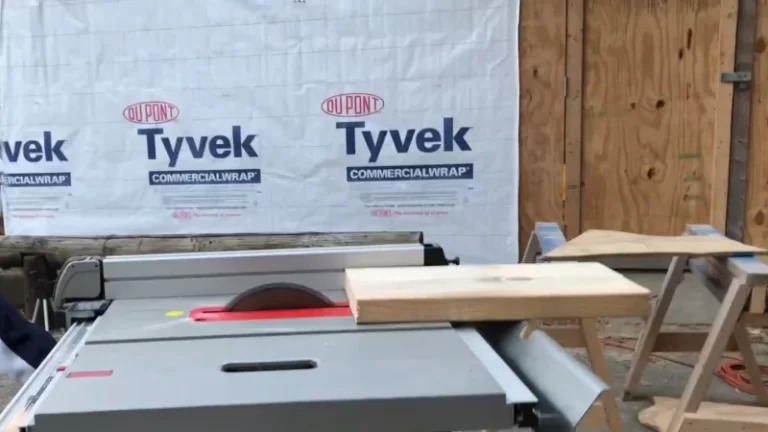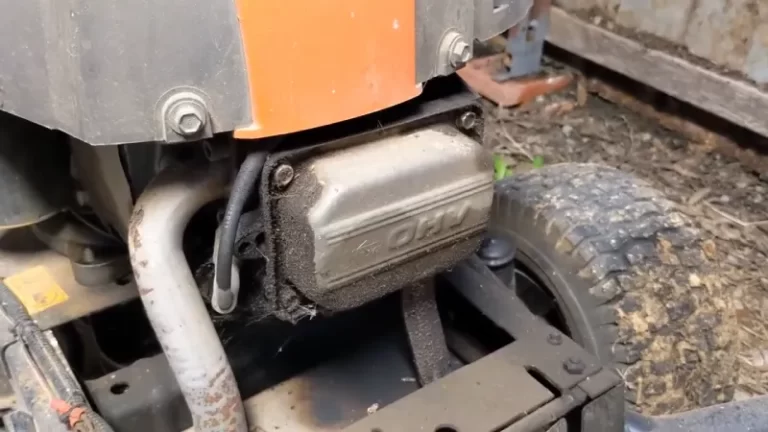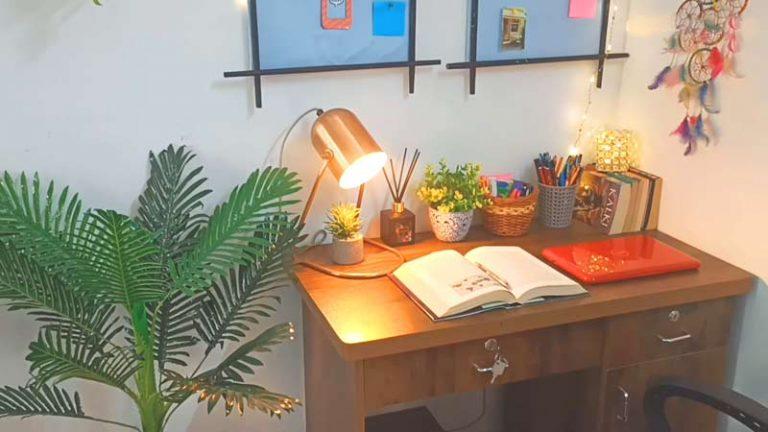Running Wires Behind Gas Fireplace is Easy
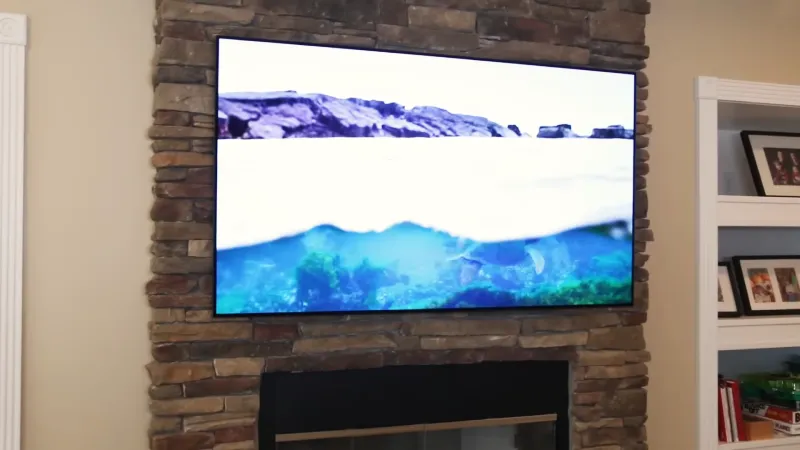
Running wires behind a gas fireplace can be a useful way to add electrical outlets or media outlets for televisions or other devices. However, it is important to follow proper installation procedures and observe any applicable codes and guidelines to ensure that the wiring is installed safely and correctly.
In this article, we will go over the steps involved in running wires behind a gas fireplace, including determining the location of the wiring, gathering necessary materials and tools, turning off the gas supply to the fireplace, installing the wiring, testing the wiring, and finishing touches.
By following these steps, you can ensure that your wiring is installed safely and effectively, and that you can enjoy all the benefits of your new outlets and media connections.
You'll Learn About
Determine the Location of the Wiring
Before you begin running wires behind a gas fireplace, it is important to determine the best location for the wiring. This involves considering several factors, including the distance from the heat source and any manufacturer guidelines for the fireplace insert.
The distance from the heat source is an important factor to consider when running wiring behind a gas fireplace, as heat can damage or even melt the wiring over time. To prevent this, it is generally recommended to run the wiring as far away from the heat source as possible. This may involve running the wiring along the top of the fireplace or above the mantle, rather than closer to the heat source.
In addition to considering the distance from the heat source, it is also important to follow any manufacturer guidelines for the fireplace insert. Many gas fireplace inserts have specific requirements for the distance that wiring must be kept away from the heat source, so it is important to check the manufacturer’s specifications to ensure that you are following these guidelines.
Once you have determined the best location for the wiring based on the distance from the heat source and any manufacturer guidelines, you will need to determine the best route for the wiring to take. This may involve avoiding obstacles such as structural beams or pipes, and minimizing the need to damage walls or ceilings. It may be helpful to sketch out a rough plan or diagram of the wiring route to help visualize the best path for the wiring to take.
Gather Necessary Materials and Tools
Before you begin running wires behind a gas fireplace, it is important to gather all the necessary materials and tools. This will help ensure that you have everything you need to complete the installation safely and efficiently.
Some of the materials and tools that you may need to run wires behind a gas fireplace include:
Metal Clad (Mc) Cable or Fire Retardant Conduit
MC cable or fire retardant conduit can help protect the wiring from heat and fire, and are generally recommended for use in areas near heat sources such as gas fireplaces.
Wire Stripper and Wire Connectors
These tools will help you prepare the ends of the wiring for connection, and secure the wiring in place once it is installed.
Drill and Drill Bits
You will likely need to drill holes through walls or ceilings to run the wiring behind the gas fireplace. Make sure you have a suitable drill and drill bits for the job.
Protective Gear
It is important to wear protective gear such as gloves and eye protection when running wires behind a gas fireplace, to help prevent injuries and protect yourself from potential hazards.
By gathering all the necessary materials and tools before you begin the installation process, you can help ensure that the installation goes smoothly and that you have everything you need to complete the job.
Turn Off the Gas Supply to the Fireplace
Turning off the gas supply to the fireplace is an important safety step that should be taken before running wires behind a gas fireplace. This will help ensure that no gas leaks occur during the wiring installation process, which could pose a serious hazard.
To turn off the gas supply to the fireplace, you will need to locate the gas shut-off valve. This is typically located near the gas line that supplies the fireplace. To turn off the gas supply, you will need to rotate the valve in a clockwise direction until it is fully closed.
Once the gas supply is turned off, it is important to test the fireplace to make sure that it is not receiving any gas. This can be done by lighting a match and holding it near the fireplace. If the gas supply is off, the match should not ignite.
If the gas supply is still on, you may need to locate and turn off the main gas supply for the house.
It is also a good idea to have a professional gas technician check the fireplace and gas line before turning the gas supply back on, to ensure that it is safe to use. By turning off the gas supply and taking other necessary precautions, you can help ensure the safety of the wiring installation process and prevent any potential hazards.
Install the Wiring
Once you have gathered all the necessary materials and tools and turned off the gas supply to the fireplace, you can begin installing the wiring. Here are some general steps to follow when installing the wiring behind a gas fireplace:
- Follow the manufacturer’s instructions for installing the wiring behind the fireplace. These instructions will provide specific guidance on the proper way to install the wiring, and may include details on the required distance from the heat source and any other safety considerations.
- Use wire connectors to secure the wiring in place. This can help prevent the wiring from coming loose or falling out of place, which could lead to damage or other problems.
- Use fire-resistant materials such as MC cable or fire retardant conduit to protect the wiring. These materials can help prevent the wiring from overheating or melting in the event of a fire, and can provide an extra layer of protection for the wiring.
- Secure the wiring in place using appropriate fasteners or other methods as needed. This may involve using wire ties, cable clips, or other fasteners to keep the wiring securely in place.
By following these steps and using fire-resistant materials, you can help ensure that the wiring is installed safely and securely behind the gas fireplace. It is generally a good idea to have the wiring professionally installed by a licensed electrician, to ensure that it is installed correctly and meets all applicable codes and regulations.
Test the Wiring
Once you have installed the wiring behind a gas fireplace, it is important to test the wiring to make sure that it is properly connected and functioning correctly. This will help ensure that you can use the outlets or media connections safely and effectively, and can help prevent any potential problems or hazards.
To test the wiring, you will need to follow the manufacturer’s instructions for testing the wiring. These instructions will typically include steps for verifying that the wiring is properly connected and functioning correctly. This may involve using a voltage tester or other testing device to check the wiring, or simply plugging in a device such as a lamp or television to see if it works.
If you encounter any problems when testing the wiring, it is important to address them immediately. This may involve checking the wiring connections or consulting with a professional electrician to troubleshoot the problem. By testing the wiring and addressing any issues, you can help ensure that the wiring is functioning correctly and safely.
It is also a good idea to test the wiring regularly to ensure that it is functioning properly. This can help prevent any potential problems or hazards, and can help ensure that you can enjoy all the benefits of your new outlets and media connections.
How Do You Hide Wires in a Fireplace Mantel?
It is generally safe to run electrical wiring behind a gas fireplace, as long as you follow proper installation procedures and observe any applicable codes and guidelines. However, it is important to keep in mind that gas fireplaces can produce heat, and it is important to keep wiring a safe distance away from the heat source to prevent damage or fire hazards.
When running wiring behind a gas fireplace, it is generally recommended to follow the manufacturer’s guidelines for the fireplace insert and any applicable codes and regulations. Many gas fireplace inserts have specific requirements for the distance that wiring must be kept away from the heat source, so it is important to check the manufacturer’s specifications to ensure that you are following these guidelines.
In general, it is recommended to run wiring as far away from the heat source as possible, and to use fire-resistant materials such as metal clad (MC) cable or fire retardant conduit to help protect the wiring. It is also a good idea to have the wiring professionally installed by a licensed electrician, to ensure that it is installed safely and correctly.
Final Words
When running wiring behind a gas fireplace, it is also important to take proper safety precautions. This may include turning off the gas supply to the fireplace, wearing protective gear such as gloves and eye protection, and following all instructions provided by the manufacturer of the fireplace insert.
Overall, running wiring behind a gas fireplace is generally safe as long as you follow proper installation procedures and observe any applicable codes and guidelines. It is always a good idea to consult with a professional electrician or the manufacturer of the fireplace insert to ensure that your wiring is installed safely and correctly.

